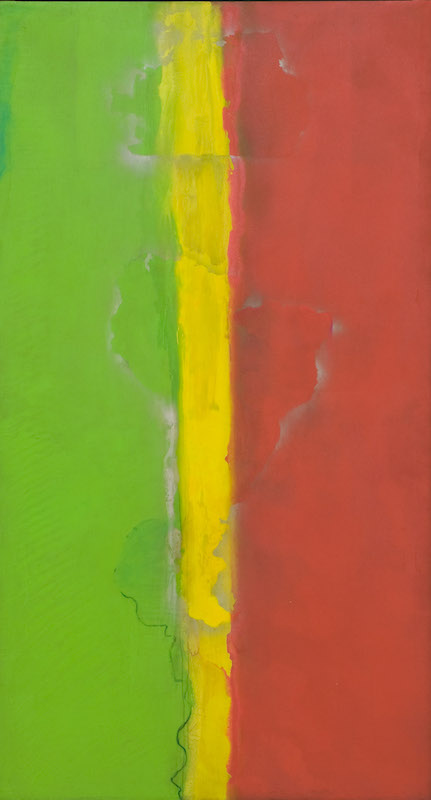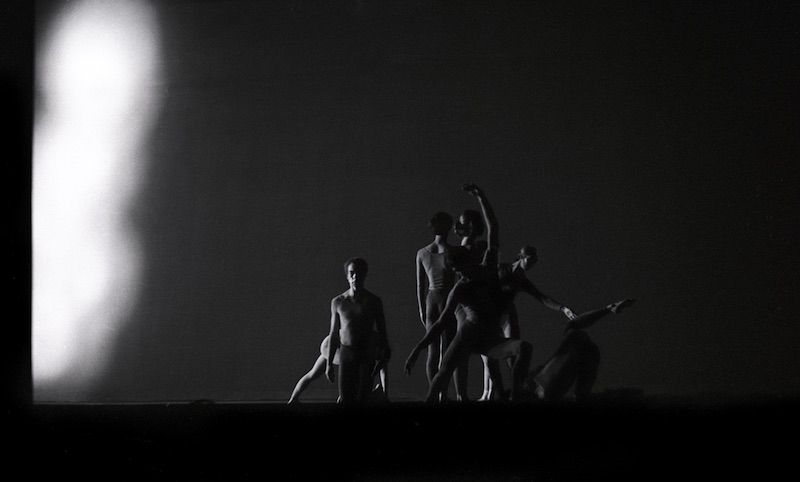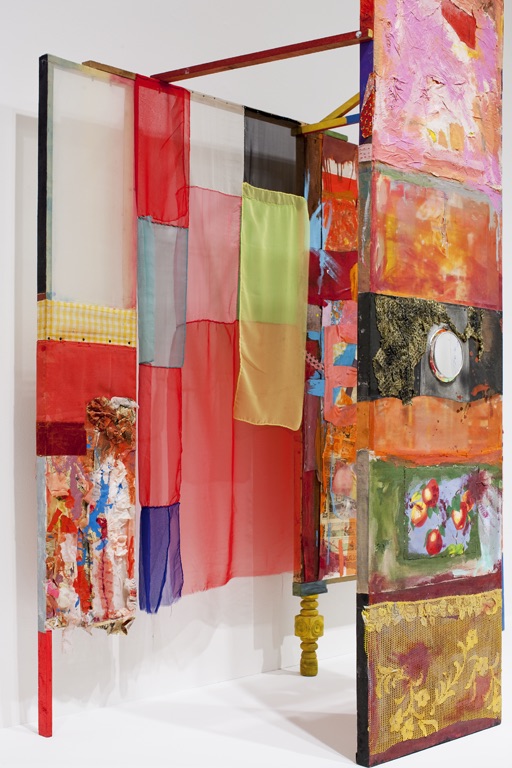It’s an important year for black British art. Alongside Lubaina Himid’s overdue three-part UK retrospective – which includes her impressive installation Naming the Money (2004) at Spike Island from 20 January to 26 March – I’m looking forward to Sonia Boyce’s solo exhibition at the ICA (1 February–2 April). Boyce came to prominence in the early 1980s and, like Himid, she was a key figure in the period’s emerging black British art scene. Both artists are included in ‘The Place is Here’ at Nottingham Contemporary (4 February–30 April), which situates their work in the context of the British Black Arts Movement that emerged in the 1980s. While Boyce’s early work addressed issues of race and gender in Britain, her more recent practice uses improvisation, installation, sound and performance to draw attention to and celebrate cultural difference. Her work emphasises collaboration: ‘We move in her way’ (1 February–2 April) features a new body of work, which, alongside dancers and vocal performers, includes the participation of an invited audience.
Who’s Afraid of Barney Newsman (1968), Frank Bowling. Tate, London. © Frank Bowling

Tate Modern, meanwhile, examines how the idea of ‘Black Art’ emerged across the Atlantic during the period 1963–83. ‘Soul of A Nation: Art in the Age of Black Power’ (12 July–22 October) introduces UK audiences to a number of crucial artists – among them, Romare Bearden, Lorraine O’Grady and Betye Saar – whose works have been little shown in this country. At a time of increasing racial tension, particularly in the US, this is a chance to consider the work of artists who championed racial empowerment over 50 years ago.
Merce Cunningham Dance Company in Canfield, Brooklyn Academy of Music, Brooklyn, New York, 1970. Photo: James Klosty; courtesy of the photographer

Choreographer and dancer Merce Cunningham is the focus at the Walker Art Center in Minneapolis – an institution that continuously stages thoughtful and innovative shows (8 February–10 September). This interdisciplinary survey teases out the artistic collaborations at the heart of the Merce Cunningham Dance Company, and the costumes, lighting, films, music, and décor that such interactions produced. The show’s title is drawn from Cunningham’s belief that movement, sound and visual art shared a ‘common time’ and his work – in the form of photographs and installations – is presented alongside an impressive roster of artists, including John Cage, Trisha Brown, Tacita Dean, Jasper Johns, and Robert Rauschenberg. The latter made one of his first works, the set for Minutiae, for the company in 1954.
Décor for Minutiae (1954/1976), Robert Rauschenberg. Walker Art Center, Minneapolis

I’d also love to see the Lygia Pape retrospective – the artist’s first monographic exhibition in America – at the Met Breuer (21 March–23 July). This is a chance to see five decades of the artist’s work, whose continued interrogation of abstraction contributed so much to Brazilian modernism. I saw her recent exhibition at Hauser & Wirth and her Ttéia installation blew me away. Other female artists who stand out in 2017 include Louise Lawler at MoMA (her first New York museum survey; 30 April–30 July), and Rachel Rose at Kunsthaus Bregenz (4 February–17 April). Rose will be the youngest artist to stage a large-scale presentation in this venue and I’m excited to see what the US artist comes up with.
Everything and More (film still; 2015), Rachel Rose. Courtesy of Rachel Rose, Pilar Corrias Gallery, London and Gavin Brown’s enterprise, New York. © Rachel Rose

Imelda Barnard is assistant editor of Apollo magazine.
Keep up with Apollo’s 12 Days selection of art highlights here.